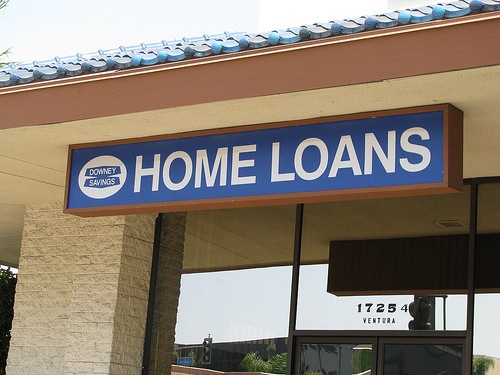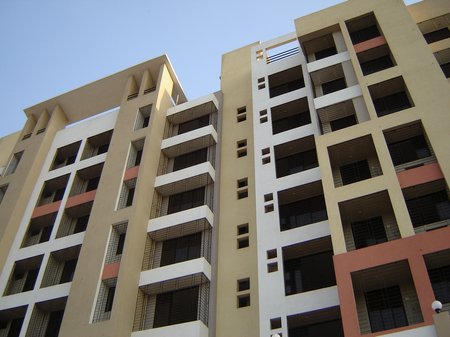
Directory of real estate companies
Track2Realty is preparing an exhaustive data bank of real estate…

Track2Realty is preparing an exhaustive data bank of real estate…

The organized segment of Indian real estate is only about two decades old. It could be seen as understandable that true governance is too much to ask at this early point. However, we have reached a decisive point in 2010, which was indisputably one of scams.

Home is the most integral part of an individual, who since his birth and childhood, dreams to have a living space of his own in India. Once in a lifetime investment requires loan to accomplish it, and that is how the home loans comes into the scheme of things.

It’s ironic that a sector worth $140 billion that has weathered the market crash twice in the last around a decade and still emerged as the fastest growing contributor to the GDP has not been granted even industry status in India.

The status of seniors in Indian market is experiencing a sea-change, owing to their growing cohort size, augmented financial independence and change in mindset. They are no longer considered as a withdrawn, risk averse and financially dependent class of citizens.

With the return of confidence in the sector, Indian real estate players are now once again looking at private equity funding. That said, the industry still depends heavily on bank debt, NBFC funding and end-user advances. This is because bank debt is a cheaper option, and also because it offers flexible tenures.

Taking action on India’s environmental crisis is no longer an option – it is a necessity. Sustainable real estate presents India with an unique and enormous opportunity to make concrete progress in the country’s effort to improve its environment.

The Indian real estate sector is poised for robust growth in FY25, driven by the country’s strong economic performance and rising demand across residential, commercial, and industrial segments. The IMF has revised India’s GDP forecast to 7% from 6.8% for FY25. Increased urbanization, infrastructure development, and favourable government policies are boosting homebuyers confidence. The residential sector is witnessing a continued surge in demand. Overall inventory overhang has reduced from 3.7 years (2017) to 1.3 years (Q1 CY 2024). Puravankara is expected to experience sustained growth, in line with the sector, supported by a conducive economic environment and evolving consumer preferences.

After nearly two-and-half years since RERA deployment across the country, the Centre’s aim to enforce it in each state to regulate the Indian real estate sector has picked up momentum. There has been a 40% growth in project registrations under RERA in a year across the country – from around 32,306 projects in end of September 2018 to nearly 45,307 projects as on 5th October 2019.

The issue of stalled or delayed project is one of the major pain points of the Indian real estate sector currently. With buyers feeling the heat of delays, it is not surprising that some are now considering completing the projects themselves. This falls within the realm of possibility if the project in question has sufficient cash flows but is delayed for other reasons.
